Rolls-Royce's CEO on the new 200EX Concept
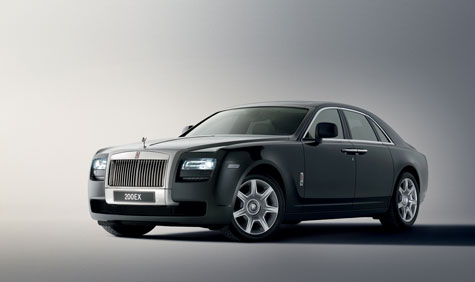
Even when you're at the very top of your game, it's still important to improve and innovate. It's always been Rolls-Royce's intention to create another model line to join the imposing Phantom, and now the company has finally set out its hand.
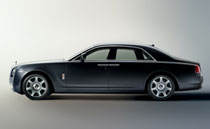
See more images of the brand new 200EX
When the BMW-owned Rolls-Royce returned to the market in 2003, the Phantom could safely carry the brand into a new century. Yet as one of the largest (5.8m long), most expensive and most imposing cars on the road (in this and any other era), it doesn't have universal appeal.
The company therefore began the process of creating a smaller Rolls-Royce, a grand saloon that would lose none of the sense of occasion, quality of materials and craftsmanship and innate power of the larger car. Rolls-Royce's Chief Designer, Ian Cameron, oversaw what came to be known as the RR4 project.
The RR4 will arrive in 2010. For now, we have the 200EX, a concept car bearing Rolls-Royce's traditional 'experimental' designation yet which bears an uncanny resemblance to production reality. Lower and shorter than the Phantom, the 200EX still has presence. With a pronounced shoulder line that runs the length of the car before terminating in a distinct raised tail, coach doors and thick 'D' pillar, you couldn't mistake the silhouette for anything other than a Rolls-Royce. It's modern without being modernist, finely proportioned and almost minimally detailed.
Dismissing the idea that this is just a 'small' Phantom, Cameron elaborates on the mentality behind the design. 'Our customers treat their garages like wardrobes, with different cars for different occasions. The Phantom is like a tuxedo, yet this car is a business suit. It's for a less formal environment.' The stated aims at the beginning of the project were simple. 'We set out to produce the best car in the segment. That goal makes life a lot simpler, to be honest,' he Cameron.
Car design draws on disparate influences, yet for a brand like Rolls-Royce where product cycles are deliberately long and forms have to eschew fashions and fads, what elements of contemporary design made their mark on the 200EX? 'I think there's a sort of homage to the aeronautical part of the Rolls-Royce story here,' Cameron says, 'this car is informal, and it's taken about a 100 years, but finally we have a grille that looks like an air intake and not another Greek temple.'
Receive our daily digest of inspiration, escapism and design stories from around the world direct to your inbox.
The car also draws strongly on the design cues established by its siblings, the Phantom, Drophead Coupé and Coupé, including the broad D-pillar, upright stance, large wheels and high shoulder. 'There's no ornamentation on these cars that would disguise lack of effort,' Cameron admits, 'When you step from one to another you need to feel equally at home, from the dashboard to the coach doors. It's still very recognisable but there's a slightly different face. Still, the craftsmanship and attention to detail have to be there.'
Rolls-Royce's CEO, Tom Purves, has overseen the reconfiguration of the company's award-winning Goodwood HQ to accommodate the new vehicle. Designed by Sir Nicholas Grimshaw, Rolls-Royce's main offices and factory nestle into the South Downs thanks to the expansive green roof and some clever massing. From the car park approach, the slatted façade, large lakes and general absence of people or cars are reminiscent of 60s-era SOM, the golden age of the corporate campus.
Inside, things are less formal, certainly in the large production hall where the new car will eventually be made. The second half of 2008 was devoted to re-jigging the production complex, slotting mezzanines into Grimshaw's deliberate flexible space and ensuring there was room for two separate production lines, one for the Phantom family, one for RR4. Throughout 2008 just over a 100 cars a week left the factory; this is not a volume business. Nevertheless, the new car is expected to literally double Rolls-Royce output, although in the current economic climate no-one is happy making definitive predictions.
Right now, Purves is celebrating the arrival of the 200EX to the Rolls-Royce family. While the show car will make a starry debut at next month's Geneva show before undertaking a seven country global tour to stir up some salivation amongst potential owners, the business of creating and testing pre-production vehicles will get underway.
While no-one is expecting the V12-powered 200EX to be a slouch, Purves stresses that 'we want a sense of dignity, presence and power – performance is not high on our list of priorities.' In this respect, Rolls-Royce are well-placed to capitalise on the next generation of powerplants, unlike perhaps their most performance-focused competitors. 'Our customers are interested in how the cars go, rather than what's under the bonnet,' he stresses, adding that Henry Royce's Silver Ghost 'had a 6-cylinder engine because it was perfectly balanced.'
So how else does the new car embody Rolls-Royce's values? 'We thought a lot about the scale of the wheel and the height of the car when we established the proportions of the Phantom – they're almost subliminal,' says Purves, 'If you're in traffic and see this car from the rear, you will know it's a Rolls-Royce – it's about arrival and departure as much as the journey.'
The modern association between big engines and luxury is just that, an association, and one that will ultimately have to change. Rolls-Royce won't lead the charge, but their association with parent company BMW will certainly help them bring up the rear. 'Today we just need to be current, not necessarily at the cutting edge. You have to evolve with society. We'll see different motive powers in the future,' says Purves with conviction.
Although Purves sees the luxury car market of the future as having more sporting and SUV models on offer, he is adamant that Rolls-Royce will not join the fray. 'Where the field is more open is in the cross between comfort, silence and presence,' he says, placing the most emphasis on the latter, that indefinable quality that is at the core of the modern Rolls-Royce experience.
When it finally arrives, the RR4 (the official name is still being debated) will cost something in the region of 200,000 euros, undercutting the Phantom, but not a lot else.
The company is confident the expansion will be a success. One thing has emerged from the spate of mergers, acquisitions, revivals and soul-searching that has come out of the current boom-and-bust cycle; each car maker knows exactly what they stand for. Twenty years ago, the idea of 'core brand values' would have been soundly dismissed by companies keen to break out of a niche. Today, setting a statement in stone is the first step on the road to becoming a recognisable brand.
CEO Tom Purves believes that Rolls-Royce now harks back to a golden era. 'In the 1920s and 1930s cars became very romantic. In a way, where we see ourselves now is where the brands were in 1928, with similar brand values.' When 200EX becomes the RR44 in 2010, Rolls-Royce hope they'll be able to romance a whole new generation of customers.
Jonathan Bell has written for Wallpaper* magazine since 1999, covering everything from architecture and transport design to books, tech and graphic design. He is now the magazine’s Transport and Technology Editor. Jonathan has written and edited 15 books, including Concept Car Design, 21st Century House, and The New Modern House. He is also the host of Wallpaper’s first podcast.
-
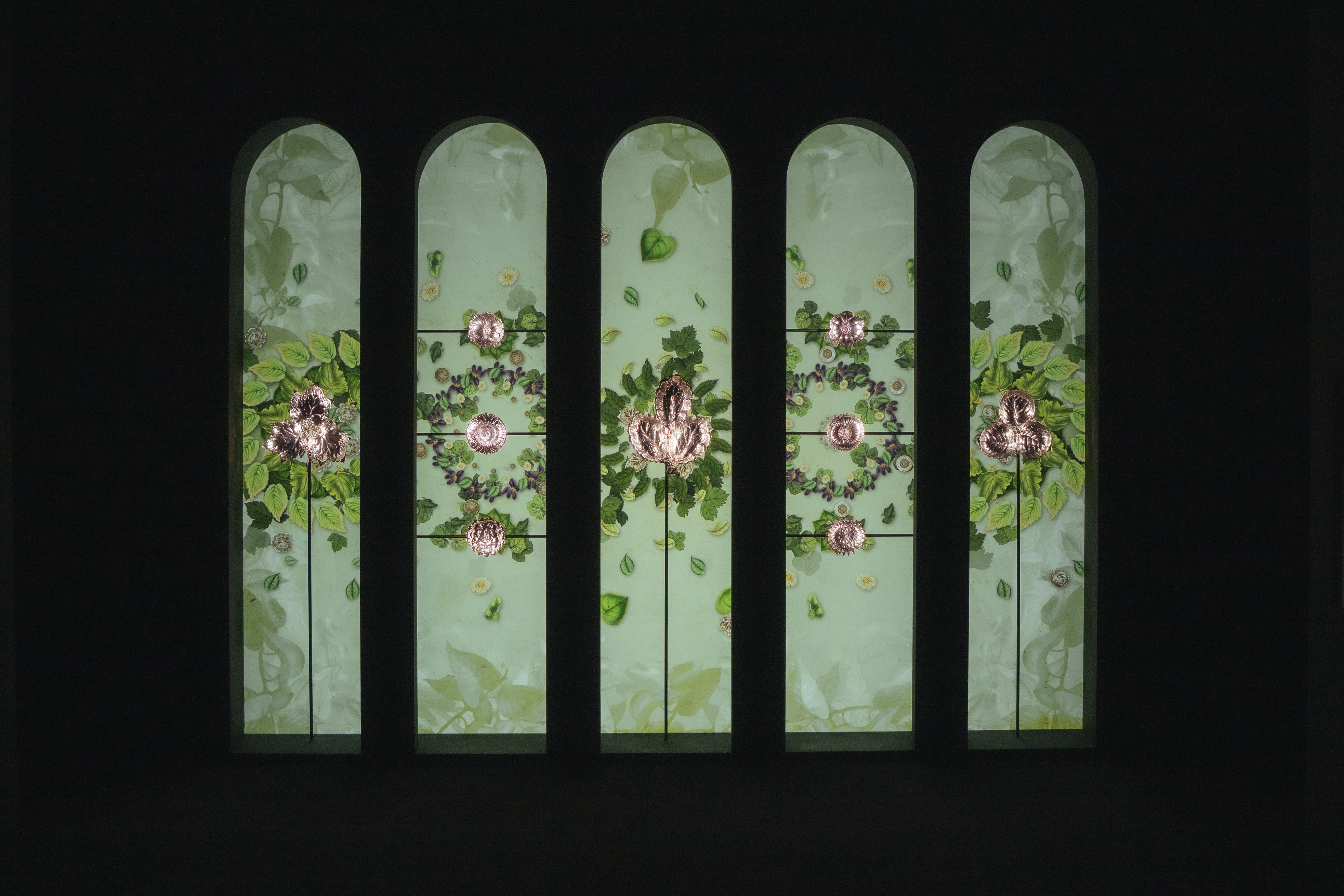 Dive into Buccellati's rich artistic heritage in Shanghai
Dive into Buccellati's rich artistic heritage in Shanghai'The Prince of Goldsmiths: Buccellati Rediscovering the Classics' exhibition takes visitors on an immersive journey through a fascinating history
-
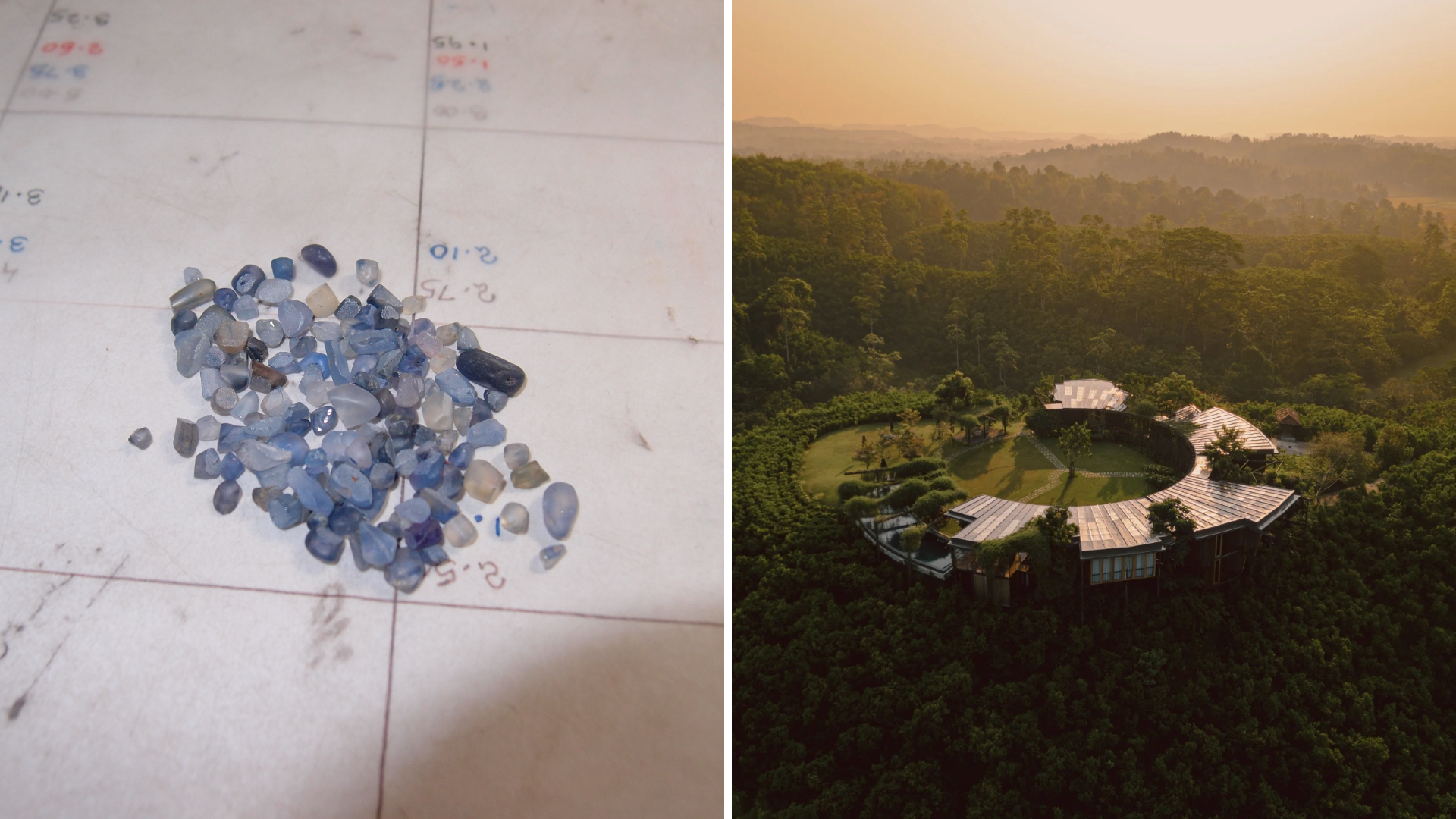 Love jewellery? Now you can book a holiday to source rare gemstones
Love jewellery? Now you can book a holiday to source rare gemstonesHardy & Diamond, Gemstone Journeys debuts in Sri Lanka in April 2026, granting travellers access to the island’s artisanal gemstone mines, as well as the opportunity to source their perfect stone
-
 The rising style stars of 2026: Connor McKnight is creating a wardrobe of quiet beauty
The rising style stars of 2026: Connor McKnight is creating a wardrobe of quiet beautyAs part of the January 2026 Next Generation issue of Wallpaper*, we meet fashion’s next generation. Terming his aesthetic the ‘Black mundane’, Brooklyn-based designer Connor McKnight is elevating the everyday
-
 Around London in sybaritic silence with the majestic all-electric Lunaz Phantom V
Around London in sybaritic silence with the majestic all-electric Lunaz Phantom VClassic electrifier Lunaz has turned its skilled hands to the Rolls-Royce Phantom V. We sample the ultimate in zero-emission luxury on the streets of London
-
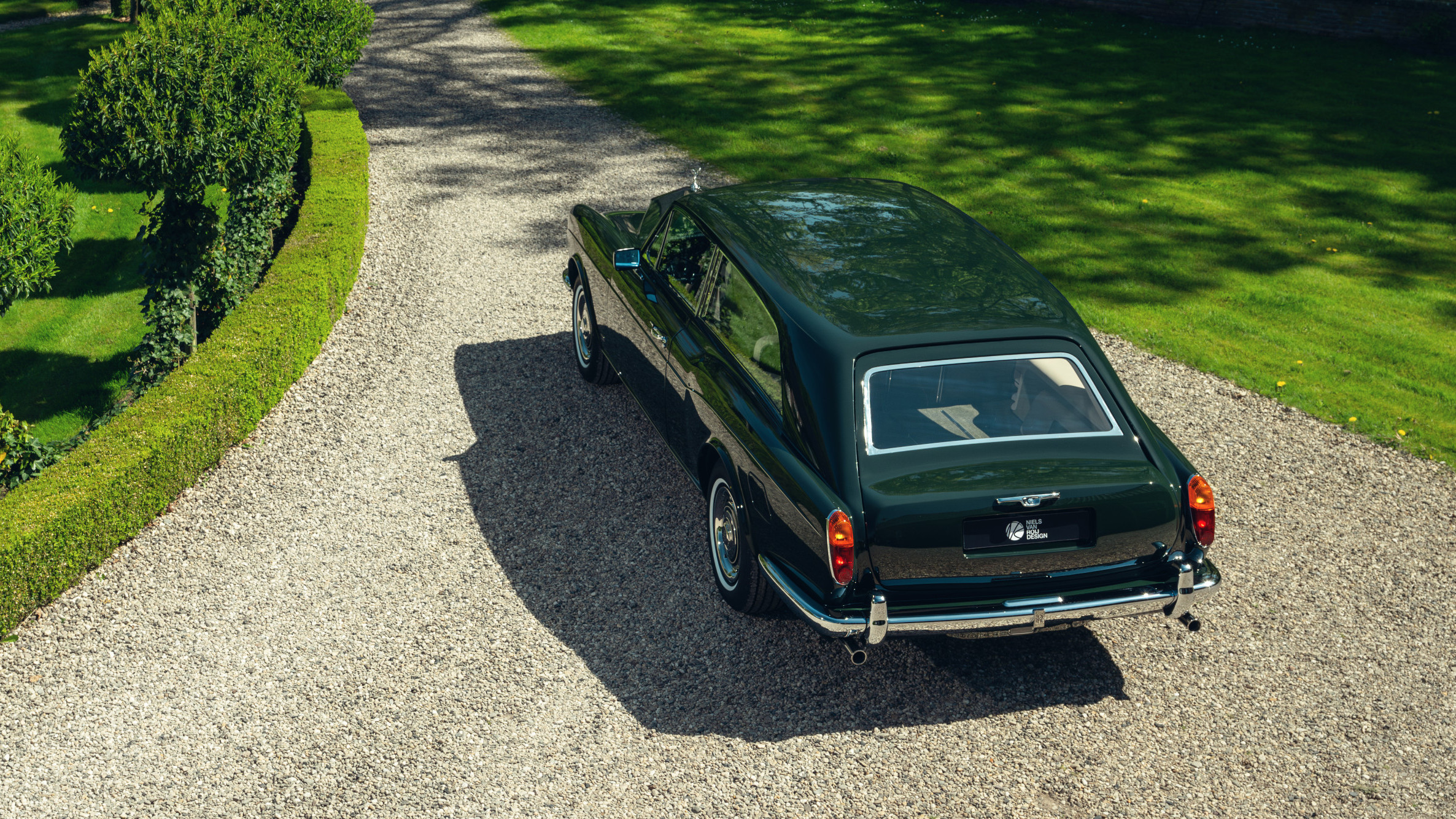 Niels van Roij Design's newest project is this perfectly tailored Rolls-Royce Shooting Brake
Niels van Roij Design's newest project is this perfectly tailored Rolls-Royce Shooting BrakeHenry II is a hand-crafted Shooting Brake created from a 1981 Rolls-Royce Corniche coupé. Commissioned by its long-standing owner, the car has been upgraded into a true grand tourer
-
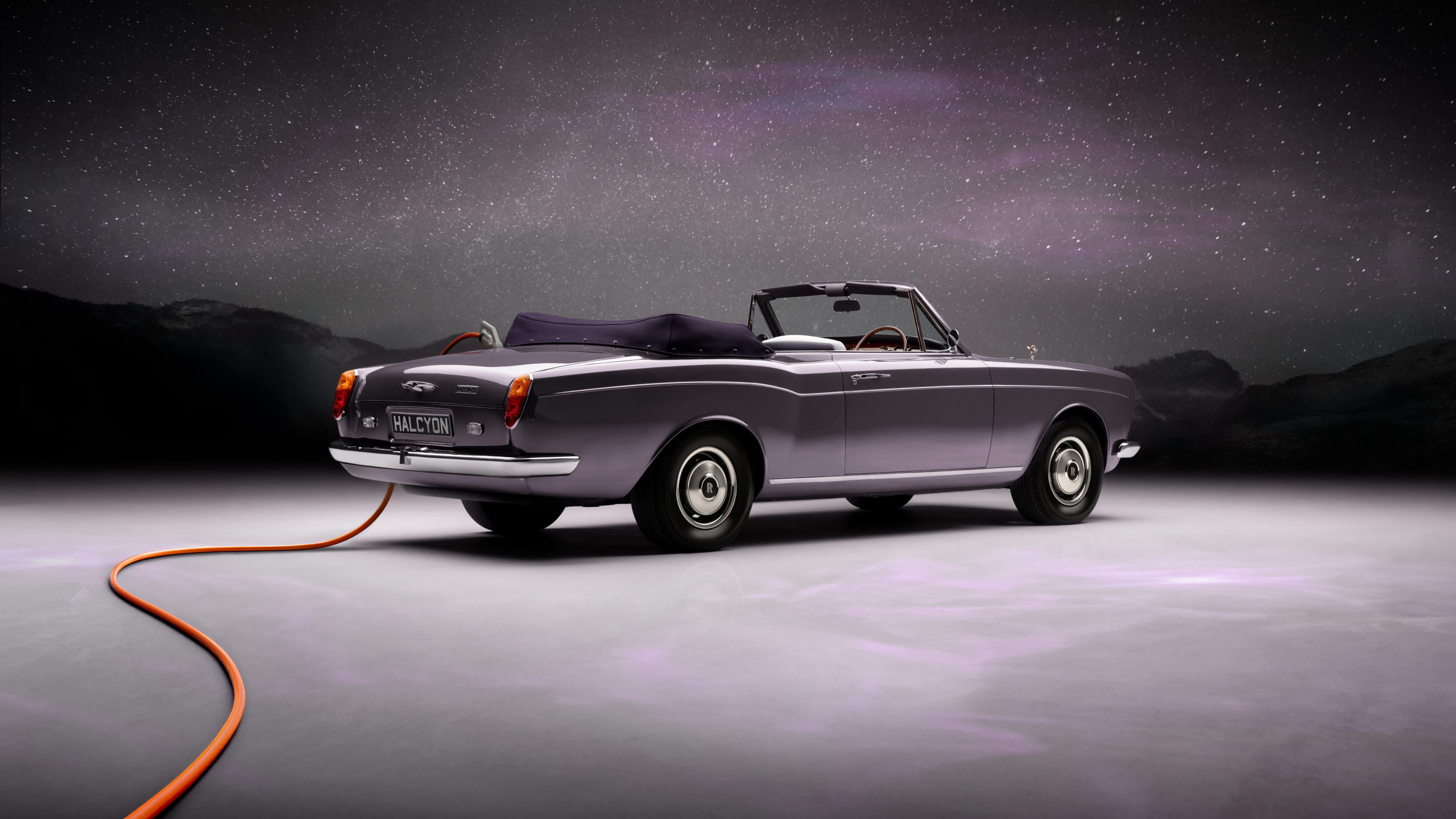 EV start-up Halcyon transforms a classic 1970s Rolls-Royce into a smooth electric operator
EV start-up Halcyon transforms a classic 1970s Rolls-Royce into a smooth electric operatorThis 1978 Rolls-Royce Corniche is the first fruit of a new electric restomod company, the Surrey-based Halcyon
-
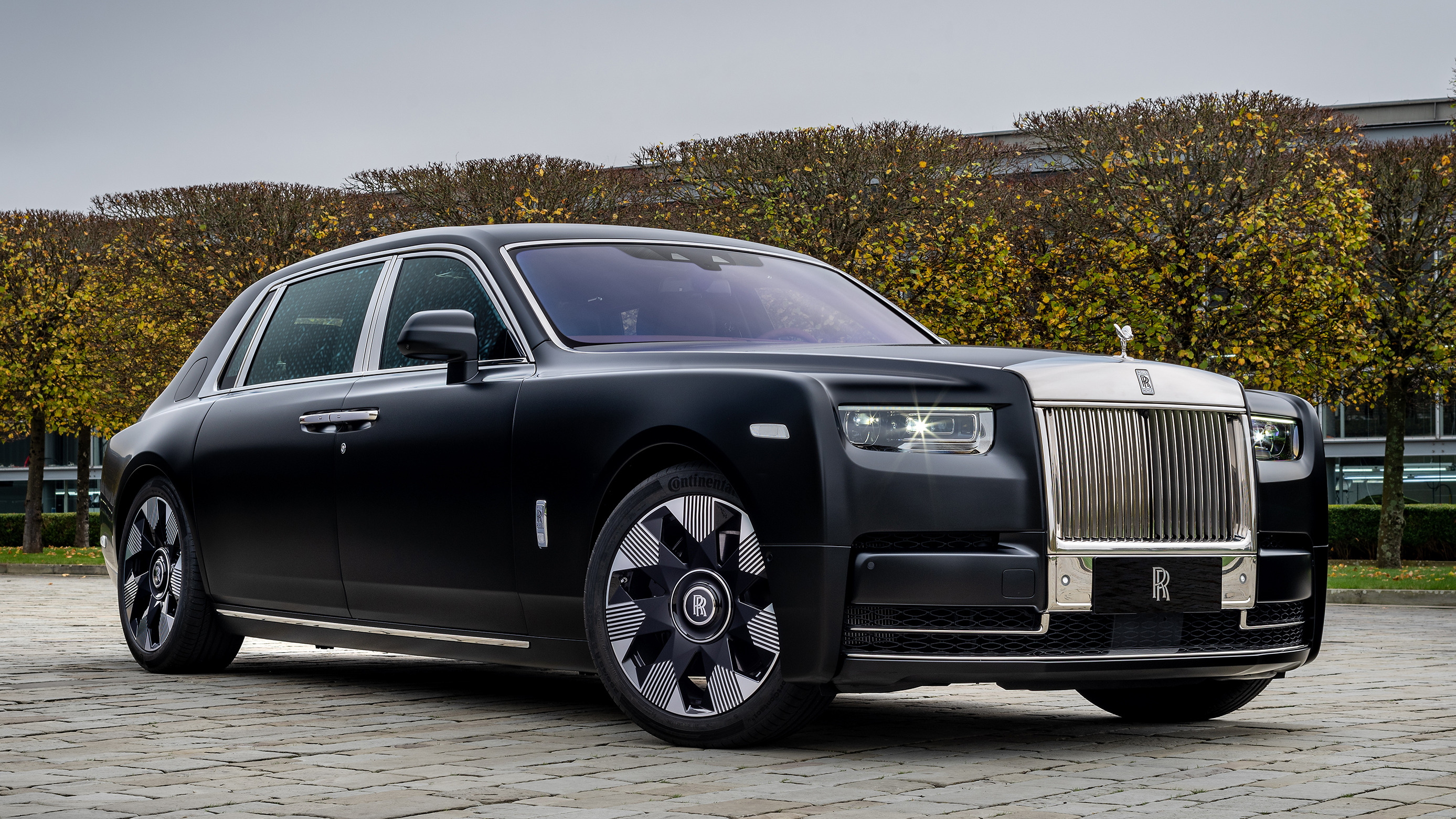 Rolls-Royce Phantom Dragon crosses cultures with a highly crafted approach
Rolls-Royce Phantom Dragon crosses cultures with a highly crafted approachThis one-of-one Phantom Extended has been built as a celebration of the outgoing Year of the Dragon, overseen by Rolls-Royce’s Shanghai Private Office
-
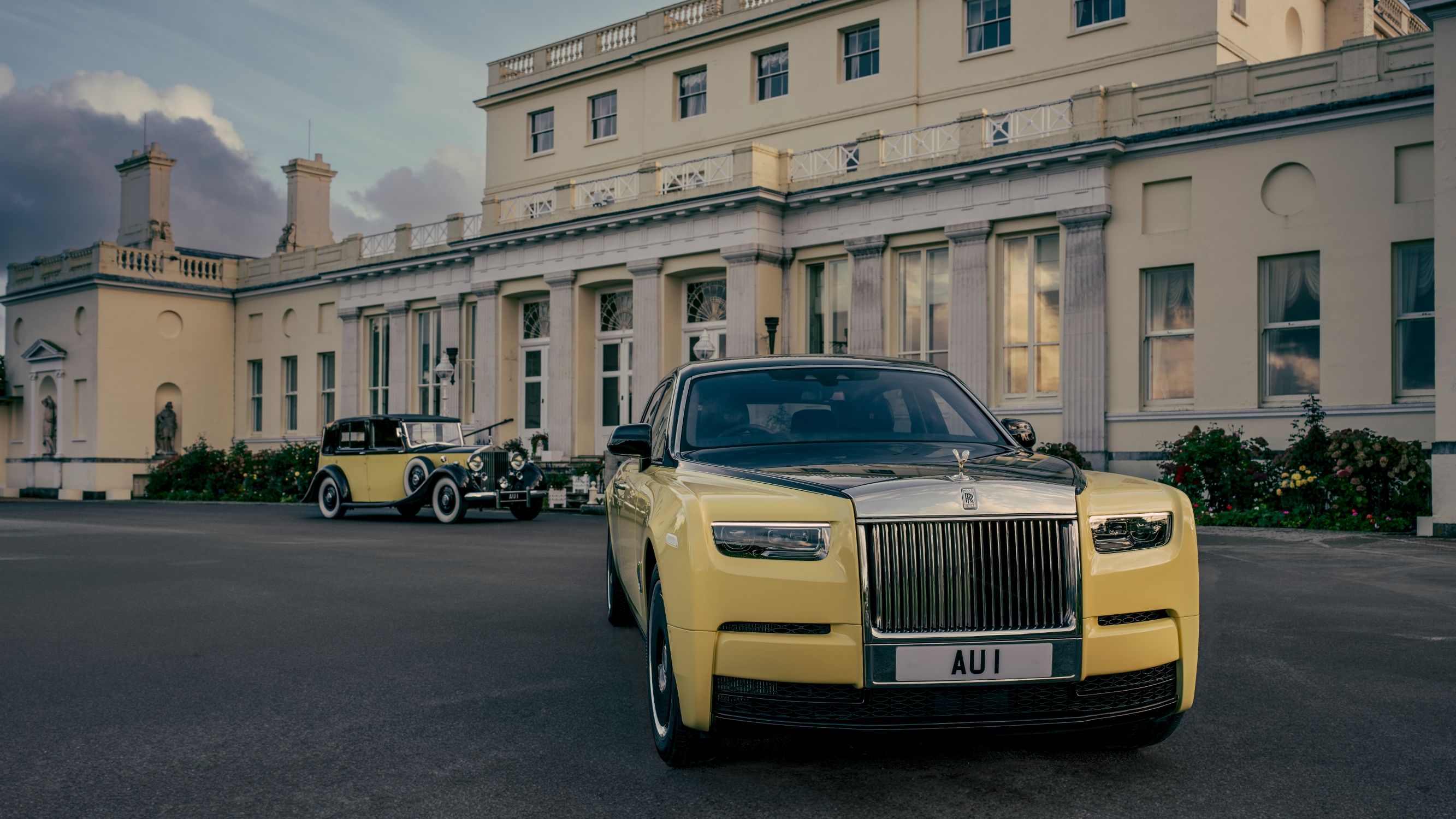 Rolls-Royce re-imagines the classic wheels of one of James Bond’s greatest antagonists
Rolls-Royce re-imagines the classic wheels of one of James Bond’s greatest antagonistsFor one lucky Rolls-Royce owner and Fleming obsessive, this one-off Phantom Goldfinger will blur the lines between cinematic fantasy and real life
-
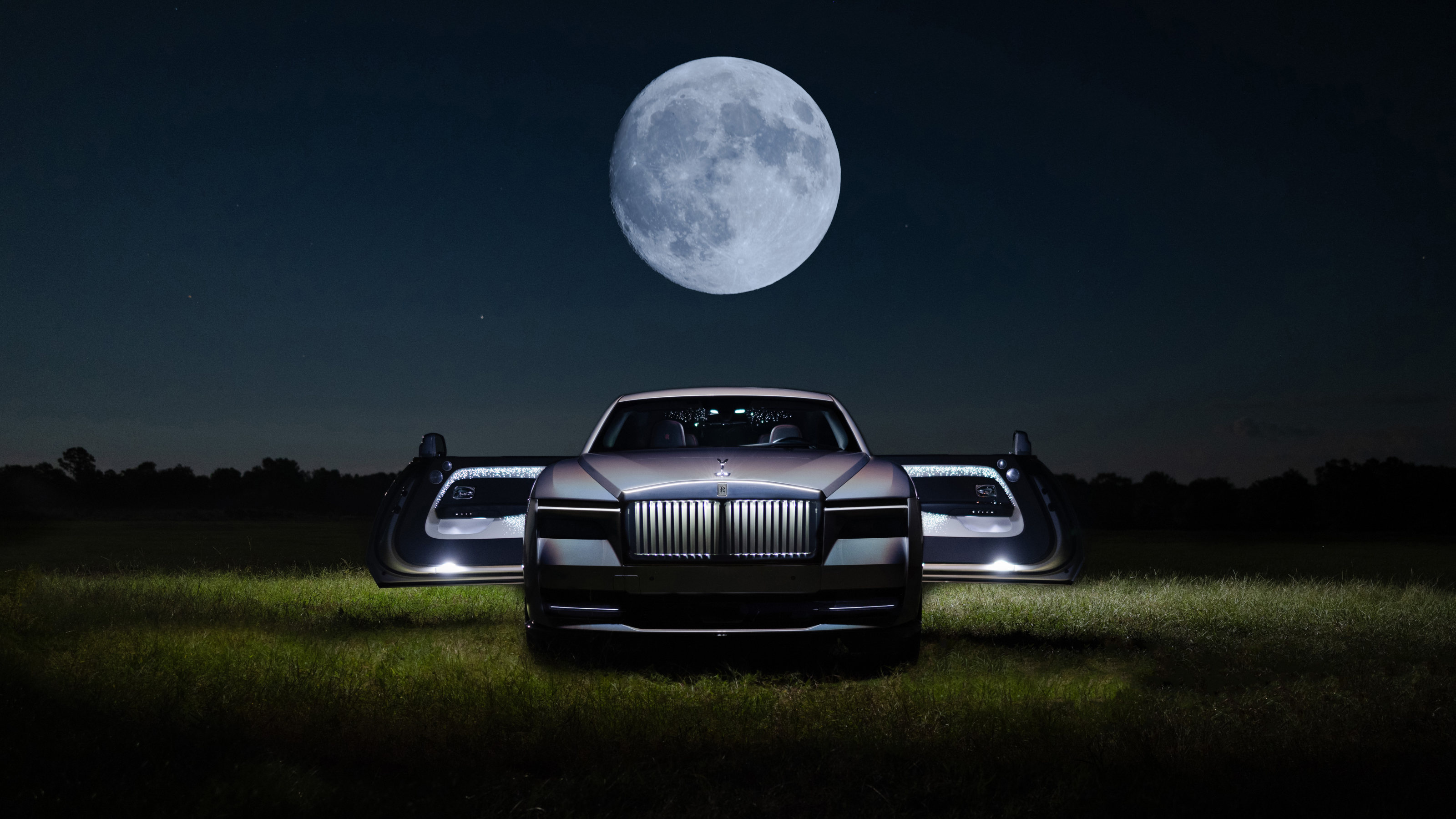 Rolls-Royce’s Bespoke division pushes paint technology to the limits in the Spectre Lunaflair
Rolls-Royce’s Bespoke division pushes paint technology to the limits in the Spectre LunaflairThis one-off commission transforms Rolls-Royce’s all-electric Spectre into a shimmering spectacle inspired by atmospherical effects
-
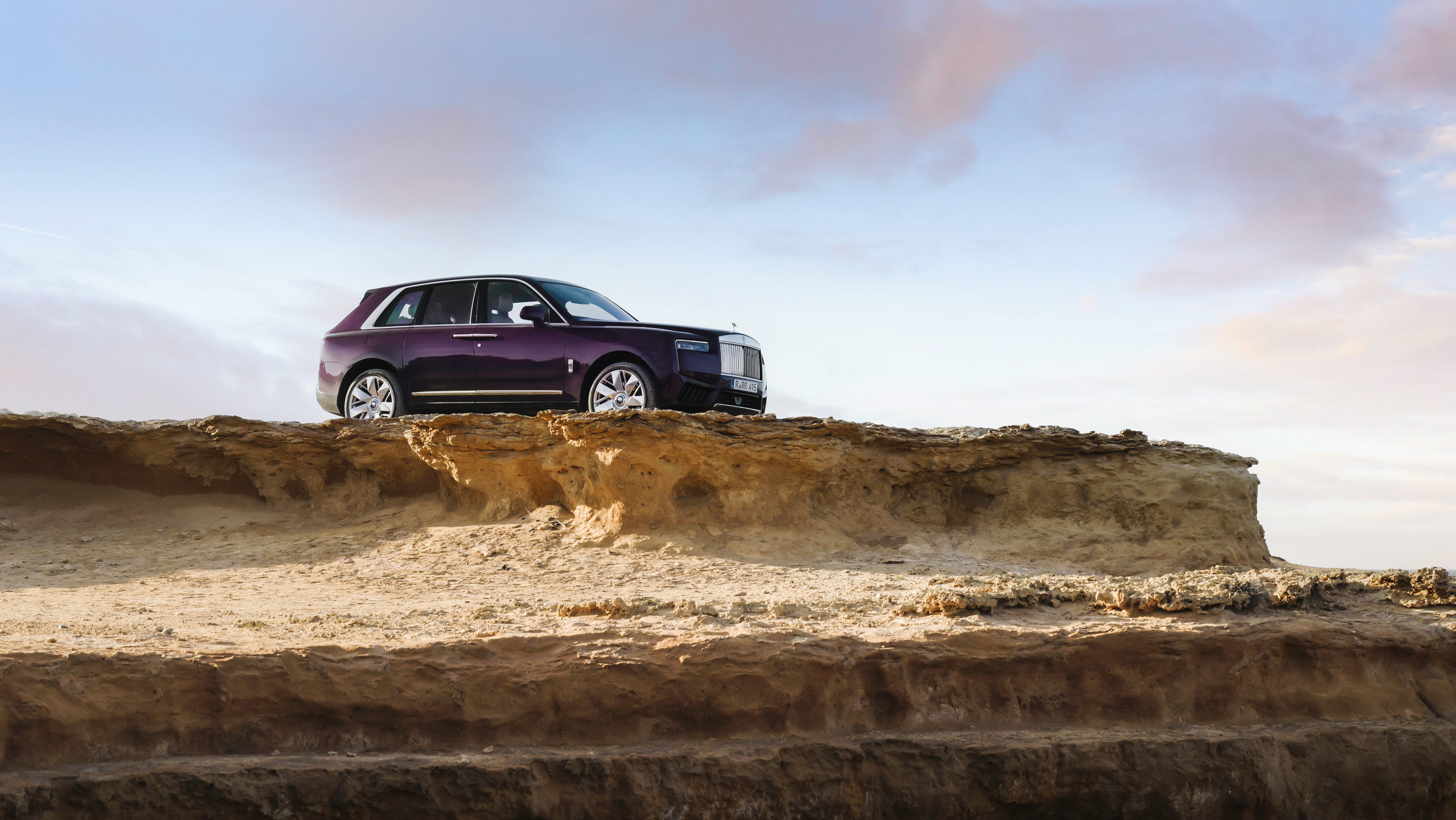 The subtly revised Rolls-Royce Cullinan offers clients an instantly commanding presence
The subtly revised Rolls-Royce Cullinan offers clients an instantly commanding presenceA Rolls-Royce is no longer the ‘best car in the world,’ but the best way to make your mark on automotive culture. Cullinan Series II goes even further into the world of branded storytelling and subtle oneupmanship
-
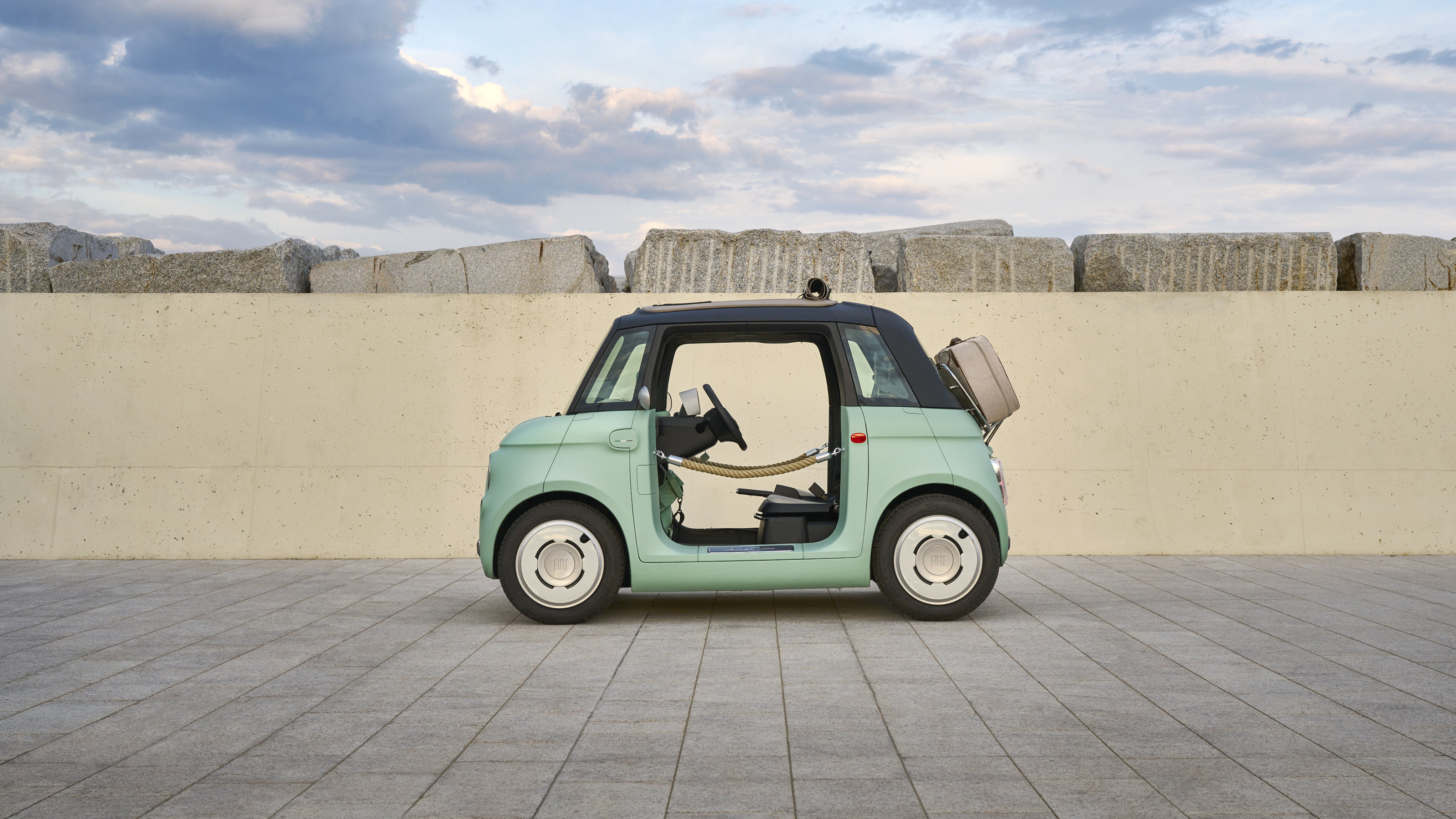 Year in review: top 10 transport design stories of 2023, selected by Wallpaper’s Jonathan Bell
Year in review: top 10 transport design stories of 2023, selected by Wallpaper’s Jonathan BellJonathan Bell’s top 10 transport design stories of 2023 span from electric campers and microcars to flying yachts and classic car recreations